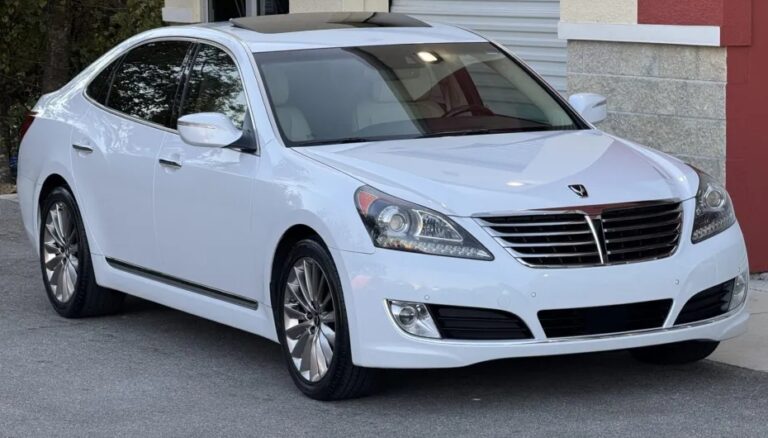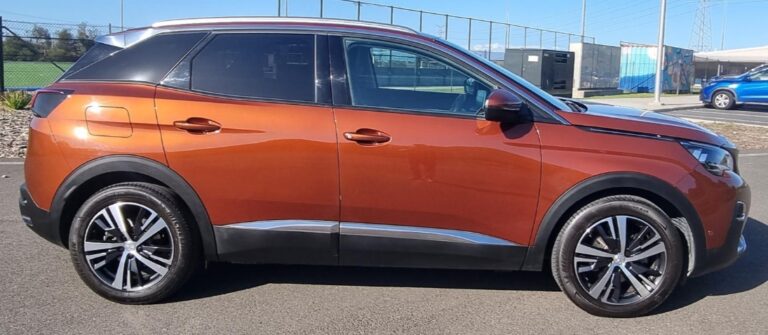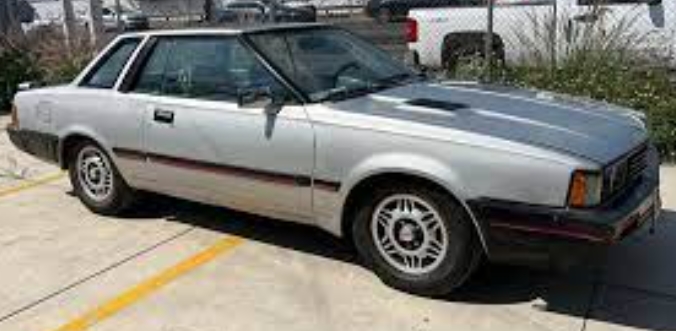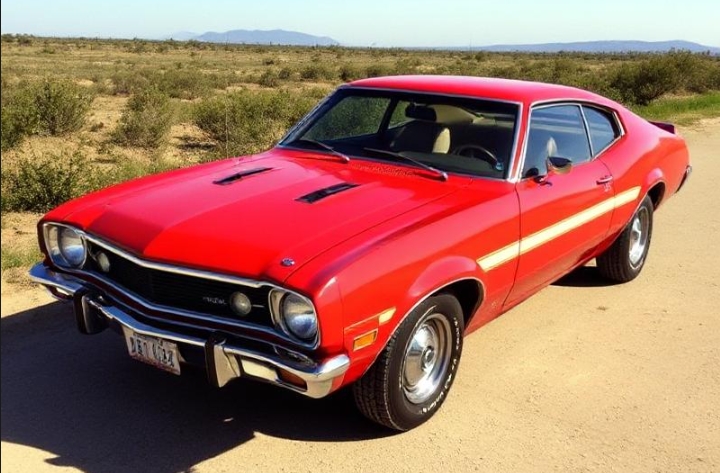Evolution of the Tata Telcoline
The Tata Telcoline, an iconic name in the realm of commercial pickups, has a storied history that reflects Tata Motors’ commitment to producing durable, reliable, and versatile utility vehicles. Over the decades, the Telcoline has undergone significant transformations—spanning design, engineering, and market positioning—making it a staple in various markets, especially in India and other developing regions. This article chronicles the evolution of the Tata Telcoline, detailing its production years, models, and trim levels across its various generations.
Origins and Early Development (1980s)
Introduction and Initial Launch
The Tata Telcoline was introduced in the early 1980s as part of Tata Motors’ efforts to establish a presence in the rugged commercial pickup segment. It was based on Tata’s earlier commercial vehicle lines, tailored to meet the needs of farmers, small business owners, and fleet operators seeking a reliable workhorse.
First Generation (1980s – Early 1990s)
- Production Years: 1984 to 1994
- Model Overview:
The first-generation Tata Telcoline was a straightforward, no-frills pickup truck. It was built on a ladder-frame chassis, emphasizing durability and load-carrying capacity. The vehicle was primarily powered by a 2.0-liter gasoline engine, with a diesel variant introduced later as demand for fuel-efficient options grew. - Design and Features:
The initial design was utilitarian, with a simple cab-over layout and basic interior features. It was available in single-cab and dual-cab configurations, catering to various commercial needs. - Trim Levels:
Early trims were minimal, often designated as Standard or Deluxe, with differences mainly in interior upholstery and minor equipment levels.
The 1990s: Refinements and Market Expansion
Second Generation (1990s)
- Production Years: 1994 to around 2000
- Model Updates:
In the mid-1990s, Tata introduced a facelift to the Telcoline, improving aesthetics and comfort. The design was slightly modernized, with a more aerodynamic front grille and improved cabin ergonomics. - Engine Options:
The lineup expanded to include more powerful diesel engines, notably a 2.0-liter indirect-injection diesel, and later, a 2.0-liter direct-injection turbocharged diesel (Tata’s Cummins-sourced engines). Gasoline variants persisted but became less prominent. - Trim Levels:
The trims became more differentiated, with options such as: - Standard: Basic work vehicle with minimal features.
- DLX: Added features like better upholstery, improved instrumentation, and minor comfort amenities.
- Luxury: Higher-spec versions with optional air conditioning, better seating, and enhanced interior fixtures.
- Market Presence:
During this period, the Telcoline gained popularity in India and neighboring markets, cementing Tata’s reputation for rugged utility vehicles.
The 2000s: Modernization and International Expansion
Third Generation (Early 2000s)
- Production Years: 2000 to 2007
- Major Changes:
The third-generation Tata Telcoline marked a significant step forward in design and engineering. The vehicle adopted a more contemporary look, with rounded edges and a more comfortable cabin. Tata also introduced a double-cab variant, broadening its appeal. - Engine Options:
The lineup was bolstered by more efficient diesel engines, primarily the 2.0-liter DiCOR (Direct Injection Common Rail) engine, which complied with stricter emission standards. Petrol variants remained available in select markets. - Trim Levels and Variants:
- Standard Cab: Basic work utility.
- Single Cab Deluxe: Enhanced comfort features.
- Double Cab: For those needing more passenger capacity, with trims like DLX and higher-end variants offering optional features such as air conditioning, power steering, and upgraded interiors.
- Additional Features:
The third-generation models began to include optional power steering, improved suspension, and better safety features, such as seat belts and basic crash protection.
Notable Models:
- Tata Telcoline Pickup (2000-2007): The standard model retained its rugged appeal with an emphasis on load capacity.
- Tata Telcoline Double Cab: Launched to cater to commercial fleets and small businesses requiring passenger and cargo versatility.
The 2010s: Globalization and Compliance
Fourth Generation (2010s)
- Production Years: 2007/2008 to 2013
- Design and Engineering Overhaul:
The Telcoline received a comprehensive redesign, aligning with Tata’s global strategy. The styling became more modern, with improved aerodynamics, safety, and comfort. It adopted a more refined interior with better instrumentation and ergonomic seats. - Engine Lineup:
Diesel engines continued to dominate, with the introduction of the 2.2-liter DiCOR engine, which offered improved power and efficiency. Tata also started offering a 2.0-liter turbocharged diesel in some markets. - Model Variants and Trim Levels:
- Standard: Basic commercial pickup.
- Highline: A more feature-rich version with options like air conditioning, upgraded audio, and improved upholstery.
- CNG Variants: Some markets saw CNG-powered versions aimed at reducing operating costs.
- Special Editions and Market-Specific Models:
Tata occasionally released special editions with cosmetic upgrades or additional features tailored to local markets.
Global Export and Market Penetration
During this period, Tata expanded its reach beyond India to markets like South Africa, Southeast Asia, and parts of Latin America, tailoring the Telcoline to meet local regulations and customer preferences.
The 2020s and the Future of Tata Telcoline
Fifth Generation / Recent Models (2020s)
- Production and Market Presence:
Tata’s latest iteration of the Telcoline continues to emphasize durability, fuel efficiency, and safety. While Tata has moved towards more modern platforms and models like the Tata Intra V50 (a rebadged pickup), the Telcoline name persists in certain markets. - Design and Features:
Modern Telcolines feature contemporary styling, with LED lighting, infotainment systems, and safety features like ABS, airbags, and electronic stability control. - Engine Options:
Eco-friendly diesel engines with BS-VI compliance are standard, with some variants offering alternative powertrains, including CNG or hybrid options in select markets. - Trim Levels:
Current trim levels include: - Basic Workhorse: Minimal features focused on durability.
- Mid-Level: Adds comfort and convenience features.
- Top-End: Equipped with advanced infotainment, safety features, and premium upholstery.
.
MANY auto lovers not only spend time in their garages to tinker on their autos, but have other projects going on in there as well. Wood working is a popular pastime for the creative type of individual. Not sure what to make next? Or thinking about getting into this kind of hobby? There’s lots of possibilities… Here’s some of them…

.
Summary of Models and Trim Levels by Era
| Era | Years | Notable Models | Trim Levels | Key Features |
|---|---|---|---|---|
| 1980s | 1984–1994 | Original Telcoline | Standard, Deluxe | Basic utility, simple design |
| 1990s | 1994–2000 | Updated Telcoline | Standard, DLX, Luxury | Improved comfort, engine options |
| 2000s | 2000–2007 | New Gen Telcoline | Standard, Double Cab, DLX | Modern styling, safety features |
| 2010s | 2008–2013 | Facelifted Telcoline | Standard, Highline | Advanced interiors, compliance |
| 2020s | Present | Latest Models | Basic, Mid, Top-End | Modern tech, safety, efficiency |
Conclusion
The Tata Telcoline has evolved from a basic work utility to a modern, feature-rich pickup that balances ruggedness with comfort and safety. Its evolution reflects Tata Motors’ broader strategy to cater to diverse markets with vehicles that are durable, affordable, and versatile.
Throughout its various generations, the Telcoline has maintained its core identity as a reliable workhorse, adapting to changing technological standards and customer preferences. From its humble beginnings in the 1980s to the sophisticated models of today, the Telcoline remains a significant chapter in Tata Motors’ legacy of utility vehicles.







